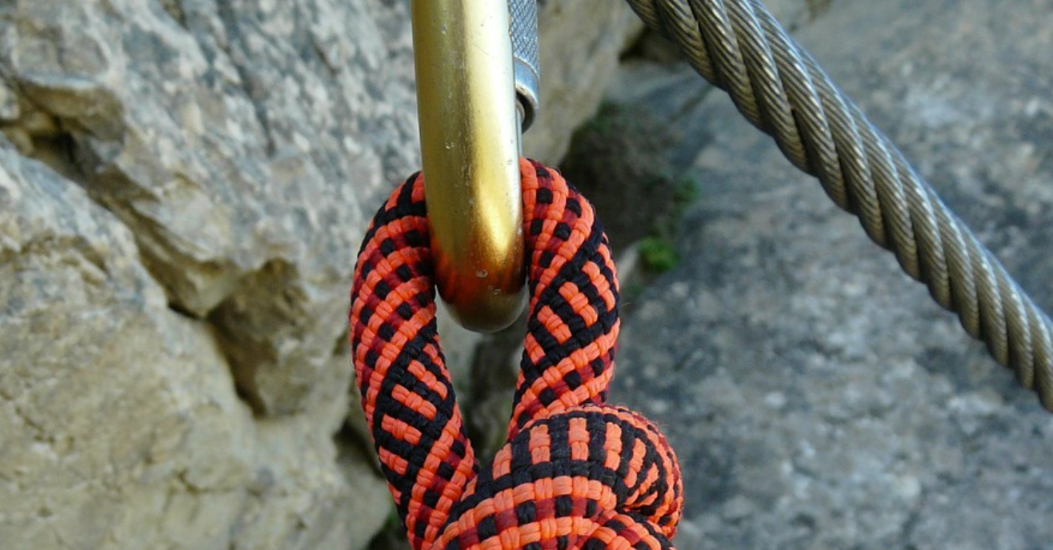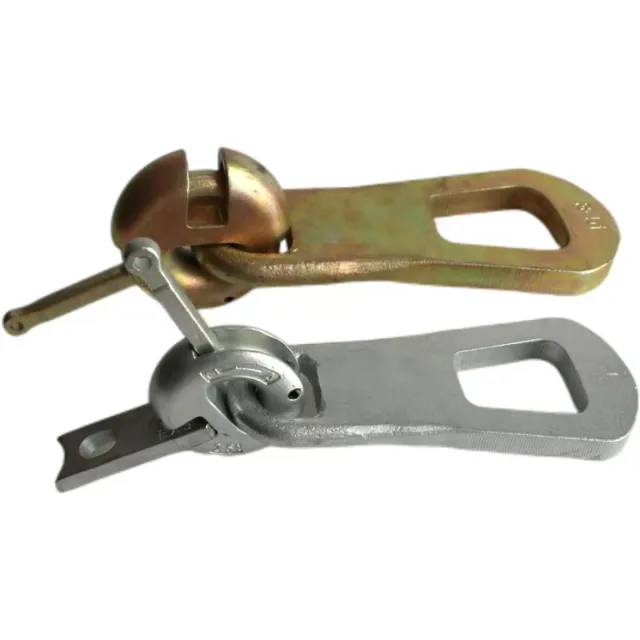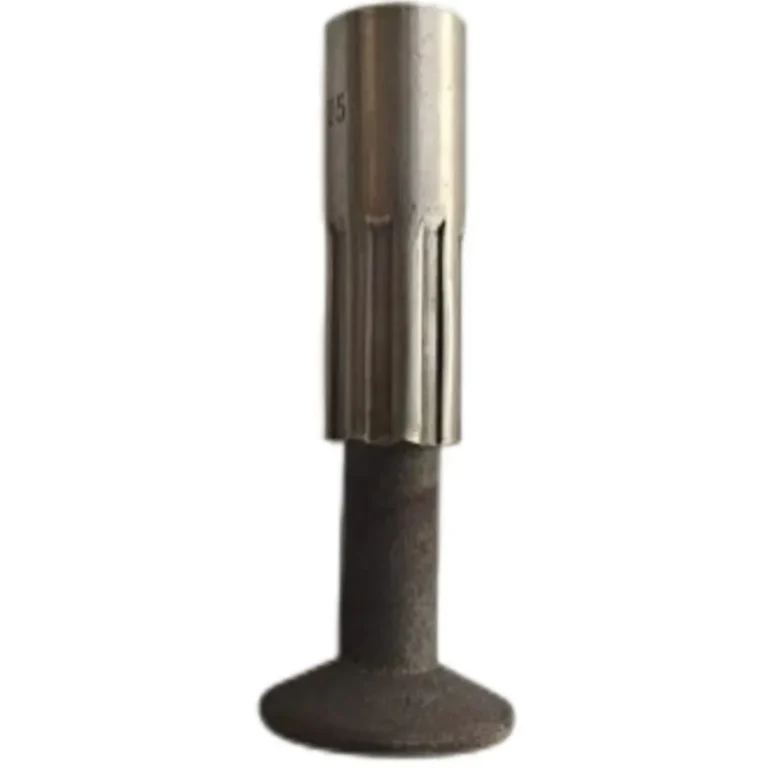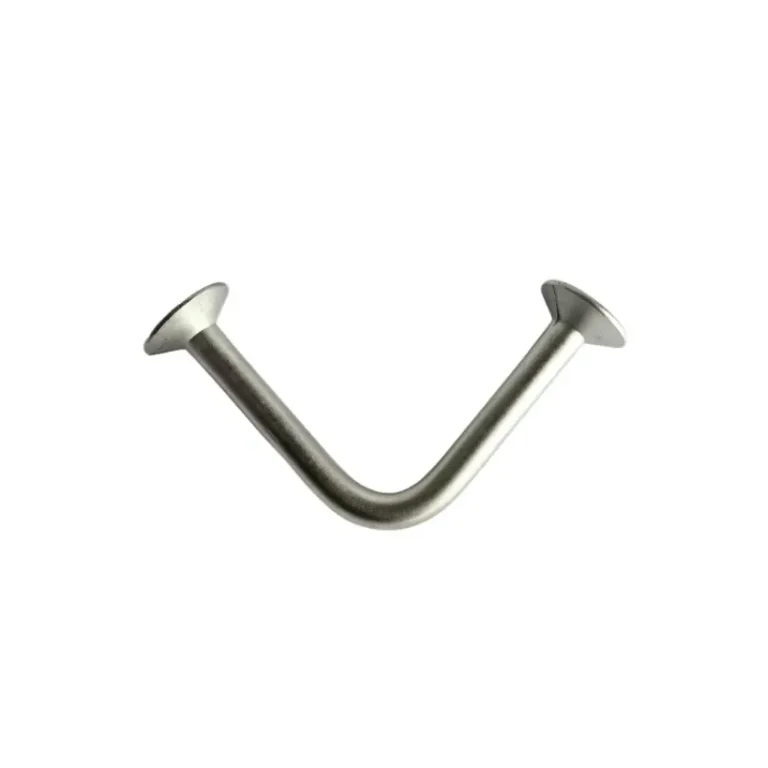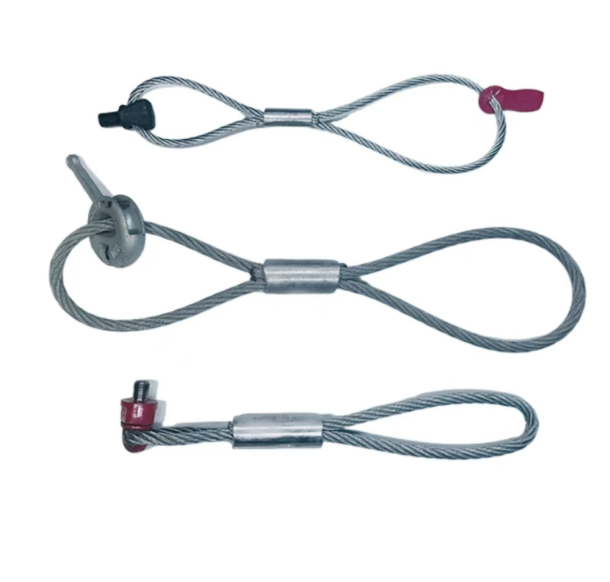
Introduction
Every construction site has its small moments of tension like when a crane operator starts to lift a bulky precast unit and the loop twists just enough to make everyone on the ground step back. These moments highlight a very practical problem: lifting at angles greater than 45° with traditional fixed loops can be risky. Loads may shift, wires may cut into edges, and worst of all, slippage can occur.
This is where swivel lifting loops come into play. Unlike standard loops, these advanced rigging tools allow the unit to rotate smoothly, keeping the load steady and the crew safe.
The Risks of Traditional Fixed Lifting Loops
When lifting straight up, traditional loops often perform well. But when loads need to be angled or rotated, problems appear:
Slippage at sharp angles: The fixed point resists rotation, which can force the load to shift.
Higher stress on connection points: Instead of distributing force, stress piles onto one side of the loop.
Extra manpower required: Workers often need to guide or re-rig the load mid-operation, adding risk.
Example: Precast Concrete Panel Installation
Imagine a 5 ton precast concrete wall being hoisted into place. With fixed loops, once the panel tilts past 45°, the operator must stop, adjust rigging, and sometimes even detach and reset. Each adjustment isn’t just slow, it’s a safety hazard.
How Swivel Lifting Loops Improve Safety
Swivel lifting loops were designed exactly for these kinds of challenges.
Key Benefits
The traditional fixed loop and swivel lifting loop differ in key ways. The fixed loop is rigid, offering no flexibility in rotation, while the swivel lifting loop provides smooth 360° rotation for easier handling. When it comes to safety at angles, the fixed loop’s risk rises beyond 45°, making it less reliable for steep lifts. In contrast, the swivel loop stays safe even at sharp angles.
For handling efficiency, the fixed loop demands multiple adjustments, slowing down work, whereas the swivel loop allows one lift with continuous control, streamlining operations. Worker safety also varies: the fixed loop carries a higher accident risk due to potential slippage and stress, while the swivel loop reduces these dangers, offering a safer lifting experience. These differences make the swivel lifting loop a more versatile and secure choice for complex lifting tasks.
Why Safety Improves
Rotation absorbs stress instead of transferring it all to the wire rope.
Stable load orientation reduces swinging and jolting.
Less manual interference means fewer workers close to moving loads.
Beyond Safety: Efficiency Gains
Safety is always the first priority, but contractors also care about timelines and costs. Swivel lifting loops help here too:
Fewer stoppages: No need to pause for re-rigging.
Faster transitions: Horizontal to vertical movement is smooth.
Lower labor costs: Fewer hands are required to stabilize the load.
It’s easy to underestimate how much time this saves. A crew lifting ten precast panels in one day might save 2–3 hours just by switching from fixed to swivel loops. Multiply that across weeks of work, and the numbers speak for themselves.
Common Applications in Construction and Industry
Swivel lifting loops aren’t only for building projects. They are used anywhere heavy, awkward, or angled lifting is required.
Construction
Precast concrete walls and slabs
Bridge elements like girders and segments
Steel frameworks that must be rotated mid-air
Industrial and Infrastructure
Machinery installation in tight spaces
Energy sector lifting (wind turbine bases, heavy pumps)
Shipbuilding and marine handling
In each of these cases, the ability to rotate loads safely is what makes swivel loops indispensable.
About BaoQi
BaoQi is not just a supplier but a specialized manufacturer and exporter of forged, cast, and punched parts for global clients. Based in China’s well established industrial supply chain, BaoQi focuses on providing reliable rigging and lifting components used across construction and infrastructure projects.
The company also offers BaoQi Customization Service, giving clients the flexibility to order parts tailored to their project needs.
Choosing the Right Swivel Lifting Loop
When buying swivel loops, there are a few things worth checking:
Factors to Consider
Load capacity rating (always match or exceed project requirements)
Threaded system compatibility (ensures secure attachment to lifting gear)
Material strength (steel grade and treatment affect durability)
Swivel mechanism quality (smooth rotation under load is critical)
Pro Tip
Don’t just look at maximum load ratings on paper. Ask about field tests, real stress reports, and certifications. It’s these details that separate a loop that lasts a year from one that stays reliable for five years or more.
Example: Installing Bridge Elements
A contractor installing bridge girders weighing over 10 tons shared an observation: “With standard loops, we wasted nearly 40 minutes per girder adjusting angles. Once we switched to swivel loops, we cut that down to 15 minutes. The savings added up to nearly two full working days over the span of the project.”
Stories like this illustrate why swivel loops are more than just a safer choice, they’re also the smarter choice economically.
Conclusion
Traditional lifting methods have their place, but as projects get larger and safety standards get stricter, swivel lifting loops have become essential for angular lifts above 45°. They protect workers, stabilize heavy loads, and keep operations moving smoothly.
For contractors, engineers, and project managers who balance deadlines with safety obligations, investing in high-quality swivel loops isn’t optional, it’s a must.
FAQs
1. Why are swivel lifting loops safer than fixed loops?
Swivel lifting loops rotate freely, reducing stress points and preventing slippage when lifting at sharp angles, unlike fixed loops that lock and strain under load.
2. Can swivel lifting loops handle loads beyond 45°?
Yes. They are specifically designed for safe lifting beyond 45°, making them suitable for rotating or repositioning heavy units from horizontal to vertical.
3. What industries benefit most from swivel lifting loops?
They are widely used in construction (precast concrete, bridge work), industrial machinery installation, shipbuilding, and energy infrastructure projects.
4. How do I choose the right swivel lifting loop?
Check the load rating, threaded compatibility, swivel quality, and material grade. Always match the loop to your project’s weight and safety requirements.
5. Does BaoQi supply swivel lifting loops?
Yes. BaoQi manufactures and exports forged, cast, and punched parts globally, including swivel lifting loops, and can customize products for specific project needs.

